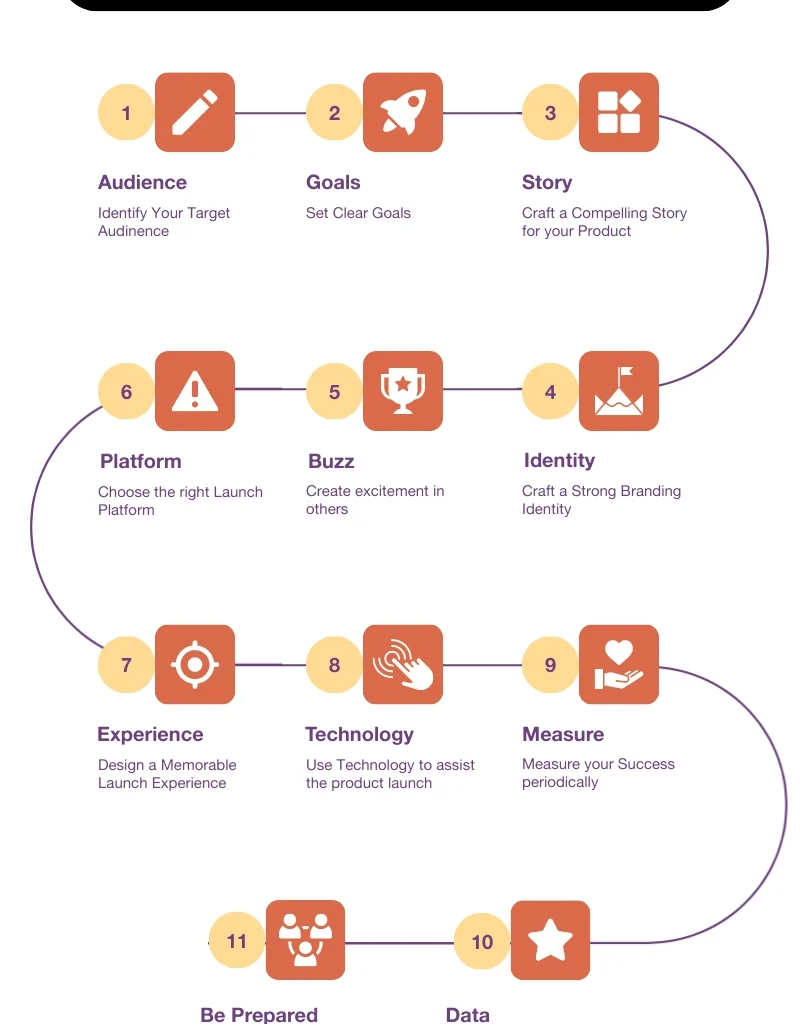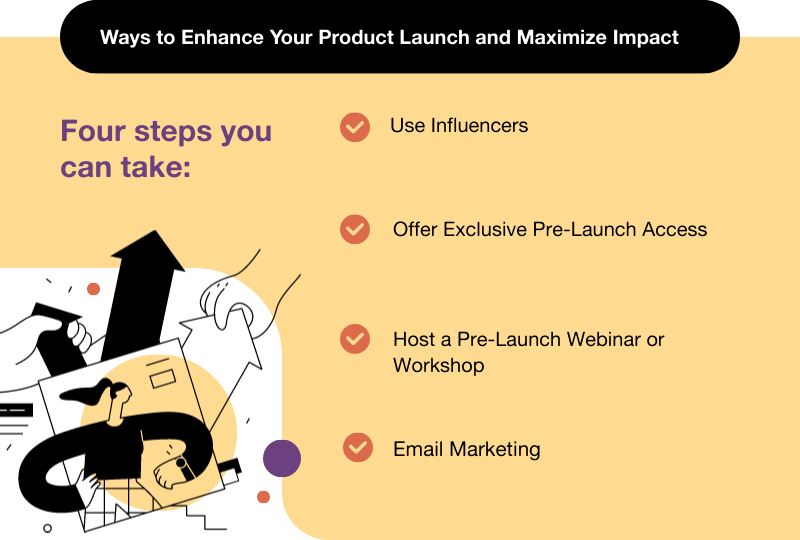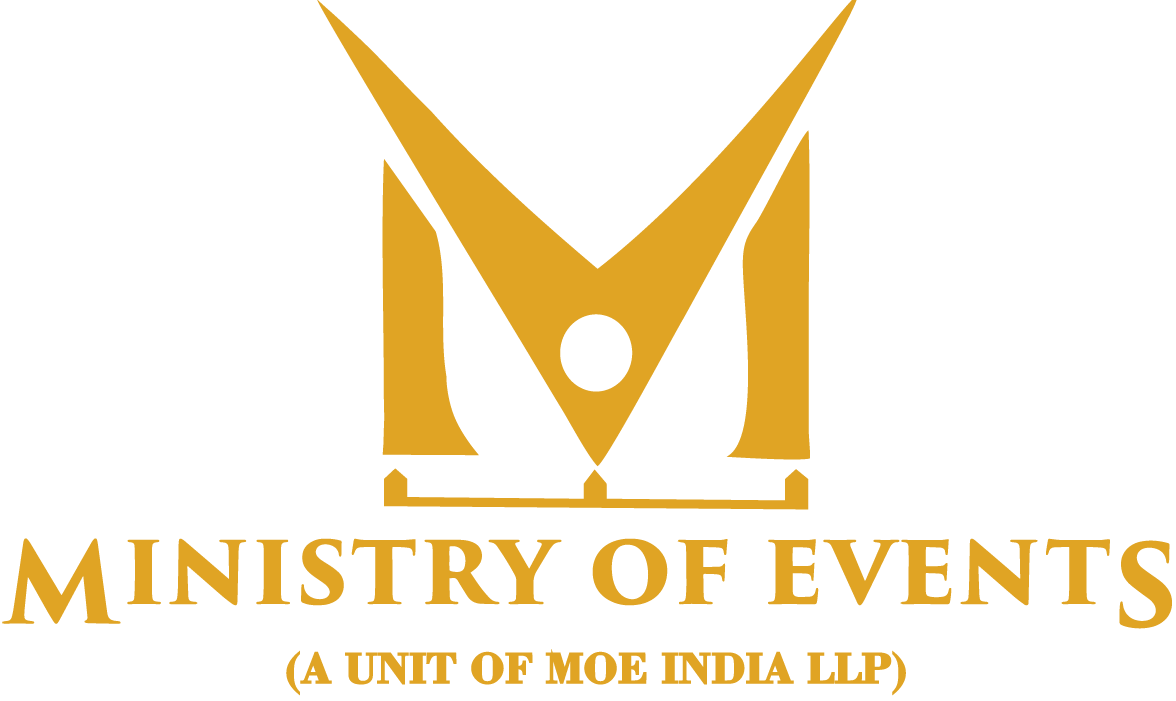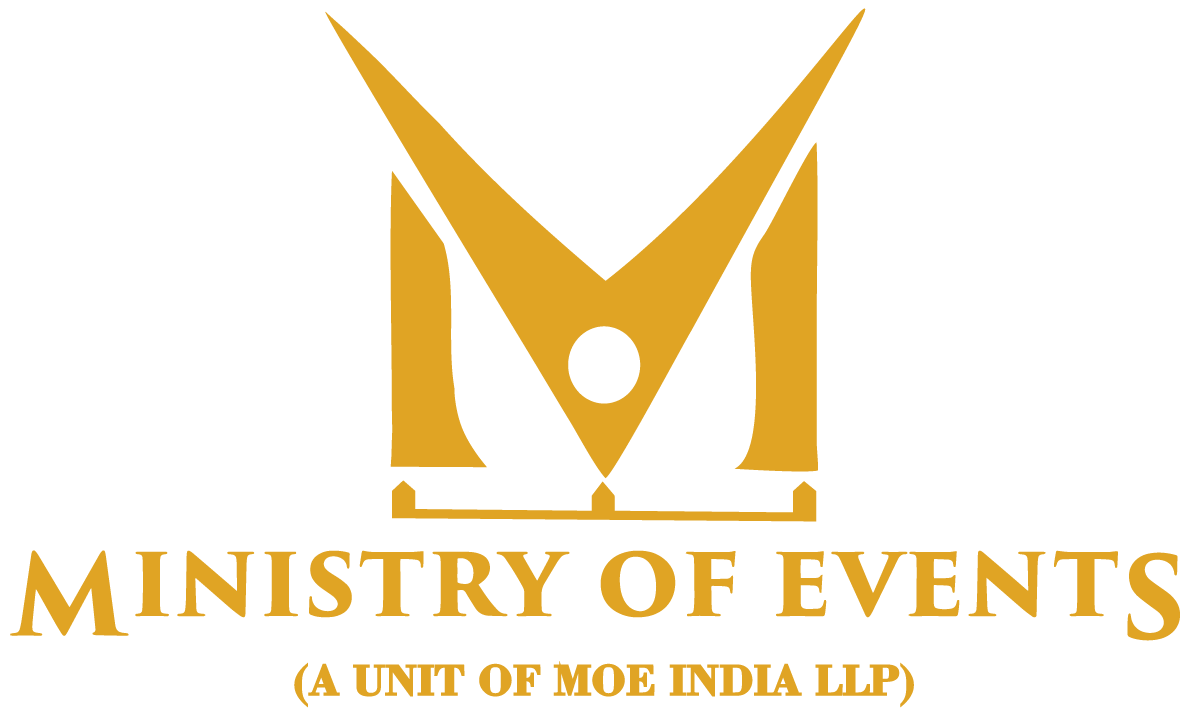A successful product launch event is the defining event for any company. In some sense, it is the big reveal, the curtain call, the moment your innovation takes center stage. But a good product launch event is actually more than this event-it’s a well-planned symphony of marketing, strategy, and execution. In today’s blog post, we are going to look at the main processes for improving your product launch event and maximizing its impact.
Table of Contents
ToggleSteps To Make Your Product Launch Better

Step 1: Define Your Target Audience
Before it gets to the planning phase, it is important to know exactly who you are targeting. Who needs to be targeted through your product? What are their requirements, pain spots, and goals? The definition of your target audience gives you an opportunity to change the approach to launching your product to reach them appropriately.
Step 2: Set Clear Goals
What are you hoping to accomplish with the launch of your product? Are you trying to generate some buzz, drive up sales, or increase awareness of your brand? Having clear-cut goals defined will enable you to measure what success looks like for your launch and ensure that your efforts are on track toward achieving your broader business objectives.
Step 3: Craft a Compelling Product Story
Every great product has a story to tell. So, what makes yours unique? What problems does it solve or what needs does it fulfill? Having a great product story will allow you to connect with your audience on an emotional level and ensure a long-term experience at a product launch event.
Why the Product Story Matters
- A great product story is not some marketing gimmick. It is the heart and soul of your product: a story that resonates with the heart of your audience. A good story can:
- Make your product stand out uniquely. Express the features that differentiate your product from others and why it’s fundamentally different from the competition.
- Build brand loyalty: Bring in that emotional attachment to your customers for a long term.
- Drive sales: A good story inspires potential customers to buy your product and not the others.
- Increase efficiency in marketing: A good story can be used in multiple marketing channels to increase engagement and conversion.
How to Craft Your Pro Story
1. Identify Your Product’s Core Values:
- Your core values you associate with your product .What need does it solve? Explain in as much detail as possible the specific pain problem that it cures.
- What wish does it fulfill? Give the purpose or dream of what your product fulfills.
- What unique benefits does it offer? Explain in as much detail as possible the specific advantages your product delivers.
2. Develop Your Brand Personality
- Define your brand voice, Choose the tone and flavor of your voice.
- Create a brand story, Elaborate briefly, then elaborate on the goal and values of your brand.
- Brand identity, Design your visual identity or use it to portray the personality of your brand.
3. Develop Your Product Narrative:
- Hook it well: The beginning should be interesting enough to interest your audience.
- Introduce the hero’s journey: Position your consumer as a hero, overcoming obstacles using your product.
- Explain how your product is a change agent: Demonstrate how your product will enable customers to achieve their ideal outcomes.
- Conclude with an action: Engage the audience to take the next step. End maybe on finishing a purchase or subscribing to your newsletter.
Step 4: Craft a Strong Brand Identity
Your product launch brand identity would be the foundation. It will, therefore, include the name, logo, messaging, and visual style of your brand. If your brand identity is strong, then you can differentiate your goods from its rivals and leave a good deal of your target audience.
Step 5: Create Buzz
Anticipation can be a wonderful technique to create buzz and excitement for the launch of a product. You can do this in various ways; for example, you will tease your audience with hints and clues, have behind-the-scenes looks at the product development process, run social media competitions and freebies, collaborate with influencers advancing your product lines.
Step 6: Choose the Right Launch Platform
The choice of launch platform depends on the target audience and on the product. Some of the notable alternatives are as follows:
- A physical event is an excellent opportunity in terms of giving your audience something they can be remembered by, along with highly potential media coverage.
- A virtual event is a cost-effective way of reaching a big worldwide audience that can be easily filmed and distributed.
- A hybrid event combines the best of both worlds: this particular experience offers in-person as well as virtual experiences.
Step 7: Design a Memorable Launch Experience
The design of your launch experience forms a very important part of leaving lasting impressions. Below are some elements to consider:
- Theming: While designing a good theme can significantly contribute towards a unified and immersive experience.
- Decorations: it could be used for tone setting, making the place attractive.
- Food and Beverages: Provide refreshing beverages that are complementary to your business and the theme of the event.
- Entertainment: Live music or interactive activities with a performance.
Step 8: Leverage Technology
Technology can assist with your launch product in various ways. Consider the following:
- Live Streaming: Live broadcast your event before a wider audience.
- Create highly engaging product experiences through the use of VR technology.
- Connect with your audience and disseminate information in real-time using social media.
Step 9: Measure Your Success
After your product has been launched, you must assess the success of your product launch event by measuring the key performance indicators set for each launch; these may be:
- Sales
- Social media engagement
- Media exposure
- Customer complaints
That way, you would have been able to analyze all those KPIs to identify gaps and mistakes so that next time you are able to calibrate the launch strategy.
Step 10: Analyze Data
The good news is that you may easily notice trends and patterns in the data, so keep your eyes open for them. You may see easily-noticeable underutilized features, usability issues, optimal lead generation channels, retention rate issues, missed KPIs, and much more. Data will provide the ability to quickly identify positive and negative trends, and so data collection and analysis need to be the immediate consideration of your team.
Step 11: Be Prepared To Pivot
You might do everything right: research, product design, engineering, launch, promotion, and so on. Yet sometimes a new product is just wrong – what you thought customers needed, versus what they actually want. No company has a perfect record for the launch of a new product, so plan to adapt.
For example, after a few months, your customer feedback and data analysis may lead to your discovering that the problem your new product is trying to solve is really not important, or your pricing is way off the mark. This could require repositioning. For example, target the wrong market segment or, if your product is too pricey, lease it instead of asking customers to buy it.
Ways to Enhance Your Product Launch Event and Maximize Impact

1. Use Influencers
The best use of influencers can reach a broader audience and create a buzz around your product launch event. Involving influencers who share your brand’s values and having an appropriate following for your target market.
2. Offer exclusive pre-launch access
Making your product seem exclusive might make it more in demand. Give a few selected customers the chance to buy your product ahead of time at a discount.
3. Host a Pre-Launch Webinar or Workshop
A pre-launch webinar or workshop is one of the best ways to ensure that your target audience knows of your product and is excited about it. You can also use this to collect valuable feedback and work on fine-tuning your product launch event’s strategy.
4. Email Marketing
Launching a product is no easy dance; so many pieces in motion and great things to consider. You spent all your time and resources putting this product together, don’t blow it with a less-than-stellar product launch event.
That’s why you must follow all these steps in order to provide your new product with an excellent chance of success. You only get to launch a particular product once, and first impressions are extremely important!
Good Luck!
Find the Best: Product Launch Event Organisers in Bangalore





